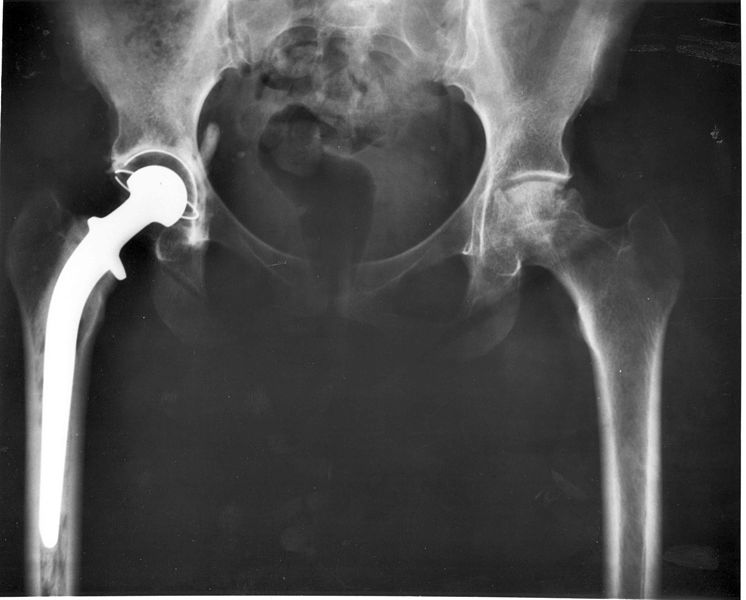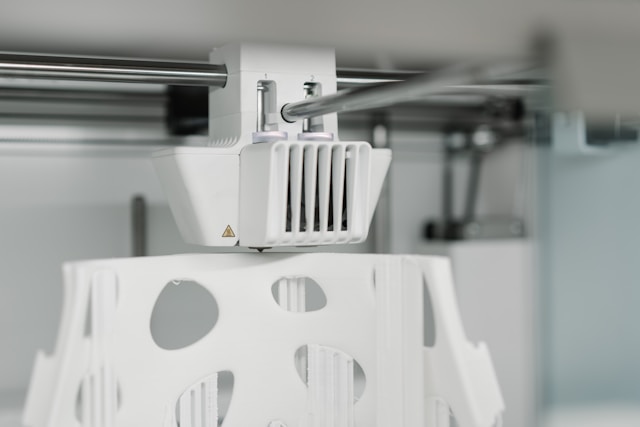A team of researchers at the National Institute of Standards and Technology (NIST) in the US has developed a new method to enhance cryogenic coolers, helping achieve near-absolute zero temperatures up to 3.5 times faster or using around 71% less energy compared to existing technologies.
Applications for cryogenic cooling are surprisingly wide, including the preservation of biological tissues, eggs, sperm, and embryos and the operation of giant particle accelerators at CERN and CAT scanners. Moreover, it not only has hundreds of engineering projects, but also being necessary for maglev systems, and the deep space exploration capabilities of the James Webb Space Telescope. Not only that, the development of cryogenic cooling may be essential for making fusion power or quantum computers a reality.
At extremely low temperatures, superconductivity allows electric current to pass through certain materials with zero resistance while superfluidity lets liquids like helium flow without resistance and climb container walls.
As temperatures approach absolute zero, quantum events slow down, producing Bose-Einstein Condensates, where atoms act as one, forming ‘super-atoms’.
However, getting these temperatures has traditionally been costly and time-consuming. For over 40 years, the pulse tube refrigerator (PTR) has been the main technology to reach temperatures of 4 ºK (-452 ºF, -269 ºC). The PTR operates similarly to a kitchen refrigerator, using helium gas to reach the lowest possible temperatures. This process can take several days and a lot of energy to achieve the desired chilliness.
PTR performs well near absolute zero, but it is inefficient at room temperature where cooling starts. They saw that at higher temperatures, the high-pressure helium gas was frequently diverted into a relief valve instead of doing any cooling.
To increase the PTR’s effectiveness, researchers redesigned the mechanical connections between the compressor and the refrigerator and set the valves to remain wide open at first and then gradually close during cooling. This allowed for 50% to 75% quicker cooling without helium waste.
According to the team, the new PTR technology has a huge potential impact. If it were commercialized to replace existing equipment, it could save 27 million watts of power, $30 million in worldwide electricity expenses, and enough cooling water to fill 5,000 Olympic swimming pools yearly.







